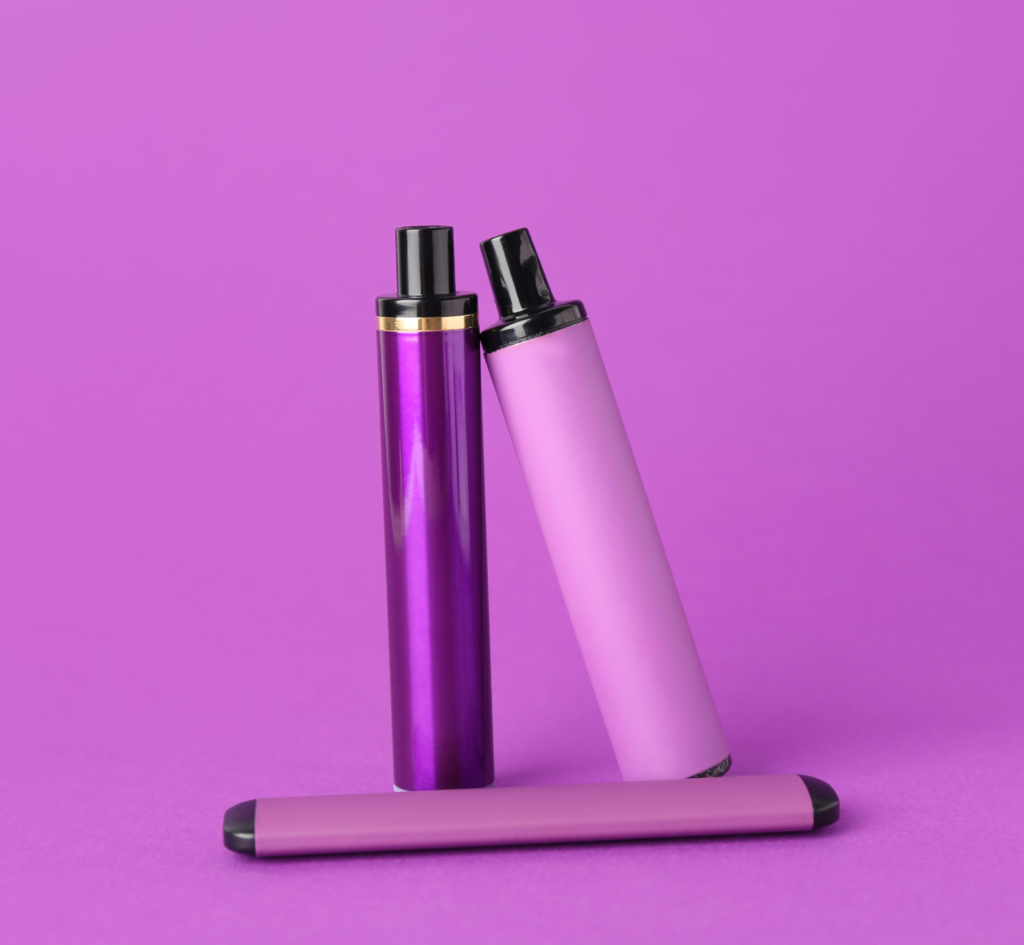Miktub minn Kurt Yeo
Wara Twitter stħarriġ minn Michael qanqal konverżazzjoni dwar il-benefiċċji u l-problemi tal-vapes li jintremew, il-membru tal-bord konsultattiv tal-WVA Kurt Yeo jgħid li m'hemm l-ebda tweġiba faċli għall-"mistoqsija dwar jekk jintremewx".
(Il-blog post ta' Michael “Disposable Vapes – it-Tajjeb, il-Ħażin, u l-Ikrah” jista' jinstab hawn)
L-ewwelnett, nobgħod il-prodotti li jintremew wara l-użu! Nirrifletti fuq il-mibegħda tiegħi li ġejja minn qasam wieħed: l-attenzjoni negattiva li dawn il-prodotti se jġibu. Jekk trid, is-"sindromu tal-attivist tal-vape mħabbat". Ilna madwar dan l-istess qasam ripetutament, u l-ħsieb ta' rawnd ieħor ta' batterija mhuwiex milqugħ. Ma nistax nitkellem għal kull attivist pro-vape hemmhekk, imma naħseb li jħossu l-istess għall-istess raġunijiet jekk iħarsu fil-fond ġewwa fina. Ġejna pprogrammati biex nantiċipaw l-attakk, li għandu vantaġġi u żvantaġġi. Il-vantaġġi huma evidenti fihom infushom, imma l-iżvantaġġ huwa li nitilfu l-abbiltà tagħna li nħaddnu l-bidla u t-tfixkil, li nakkużaw lill-avversarji tal-kontroll tat-tabakk tagħna bihom.
Wara riflessjoni aktar fil-fond matul il-vaganzi ta’ Diċembru, il-prodotti li jintremew wara l-użu għandhom posthom u kif nimmaniġġjawhom huwa fejn għandhom ikunu l-mistoqsijiet. Għadhom joffru alternattiva aktar sikura għan-nies li jpejpu. Mistoqsijiet dwar iż-żgħażagħ, l-impatt ambjentali u s-sikurezza huma koperti u diġà indirizzati fl-artiklu preċedenti, iżda kumment wieħed addizzjonali dwar il-kwistjoni tal-iskart: aħseb dwar in-numru ta’ maskri tal-wiċċ li kellhom jintremew matul l-aħħar ftit snin, biex ma nsemmux il-prodotti mediċi l-oħra kollha li jintremew wara l-użu li ntużaw matul il-pandemija. L-għan jiġġustifika l-mezzi.
It-tieni, il-konvenjenza u l-prezz jagħmluha aktar faċli għan-nies li jpejpu biex jesperimentaw u, bit-tama, jagħmlu t-tranżizzjoni. Biex ma nsemmux il-ħafna li ħassew li l-vaping kien wisq ingombranti u kkumplikat u reġgħu lura għat-tipjip purament għal din ir-raġuni. Dan sar evidenti meta ppruvajt ngħin membru tal-familja jaqleb minn vizzju tat-tipjip ta’ 40 sena għall-vaping. Wara snin u diversi setups differenti mingħajr suċċess, bqajt ixxukkjat meta rajtha vaping f’funzjoni tal-familja. It-tieni wara l-eċċitament tiegħi li xi ħadd maħbub kien waqaf ipejjep kien ir-realizzazzjoni li l-preġudizzju tiegħi lejn is-sigaretti disposable impedixxa tranżizzjoni aktar mgħaġġla. Hija ġiet introdotta għal sigarett disposable minn ħabiba tal-qalb li wkoll irnexxielha twaqqaf vizzju tat-tipjip ta’ 4 deċennji. Il-fattur tal-konvenjenza kien id-deċiżjoni deċiżiva għaż-żewġ sinjuriet. Jekk xejn, tgħallimt li m'hemm l-ebda soluzzjoni mirakoluża, u r-rotta meħuda biex wieħed jieqaf mit-tipjip hija diversa daqs in-nies li jpejpu. Dan huwa ċentrali għad-diskussjoni dwar it-tnaqqis tal-ħsara u s-saħħa pubblika: iltaqa' man-nies fejn jinsabu.
Skont il-kappell li nilbes, issa nara l-prodotti li jintremew wara l-użu f'dawl kemxejn differenti. Hija teknoloġija u industrija li qed timmatura u tilħaq status ta' mainstream. Il-manifatturi laħqu punt fejn l-għaġla biex ikunu innovattivi hija t-tieni wara li jkunu konsistenti. Din il-konsistenza teħtieġ sett ta' prodotti omoġenji li jagħtu r-riżultat mixtieq ripetutament bi ftit varjazzjonijiet fil-hardware. Dawn il-manifatturi se jilħqu l-quċċata, u jien niffoka fuq sistema ta' pods mimlija minn qabel li tista' tiġi ċċarġjata, u ssir is-soluzzjoni de facto għall-biċċa l-kbira tas-suq. L-ispejjeż tal-produzzjoni se jmexxu dan il-pass finali, peress li huwa orħos li timmanifattura u tippakkja pod mimli minn qabel li jinbiegħ bl-imnut bi prezz simili għal dak ta' sistema li tintrema wara l-użu. Dan se jipprovdi s-soluzzjoni għall-kwistjoni tal-ġestjoni tal-iskart u s-sikurezza. Il-kumpaniji l-kbar tat-tabakk diġà laħqu dan il-punt.
L-attivisti tal-vape bħali kważi dejjem huma vapers tal-iskola l-qadima, u l-ħsieb li jiffaċċjaw rawnd ieħor ta’ kopertura negattiva u jitilfu s-soluzzjoni tal-vaping bespoke tagħhom huwa tal-biża’. Għandna t-tendenza li ninsew li l-ġenesi tal-vaping kienet ibbażata fuq apparat ta’ skartoċċ li jintrema wara l-użu. Meta nieħdu ħarsa minn 10 elef pied, nistgħu naraw li l-innovazzjoni u l-ħtiġijiet tal-konsumatur ġabuna ċiklu sħiħ. Spiss niffokaw fuq punti sekondarji (għalkemm importanti) ta’ tħassib li jċajpru l-ġudizzju tagħna u jdawru l-attenzjoni tagħna 'l bogħod mill-għan aħħari: Ngħinu lin-nies li jpejpu jieqfu u nnaqqsu l-ħsara relatata mat-tipjip għal dawk li ma jistgħux jew ma jridux jagħmlu dan.
Kurt Yeo, Ko-Fundatur ta' Vaping Saved My Life, l-Afrika t'Isfel u membru tal-Bord Konsultattiv tal-WVA.






Tweġiba Waħda